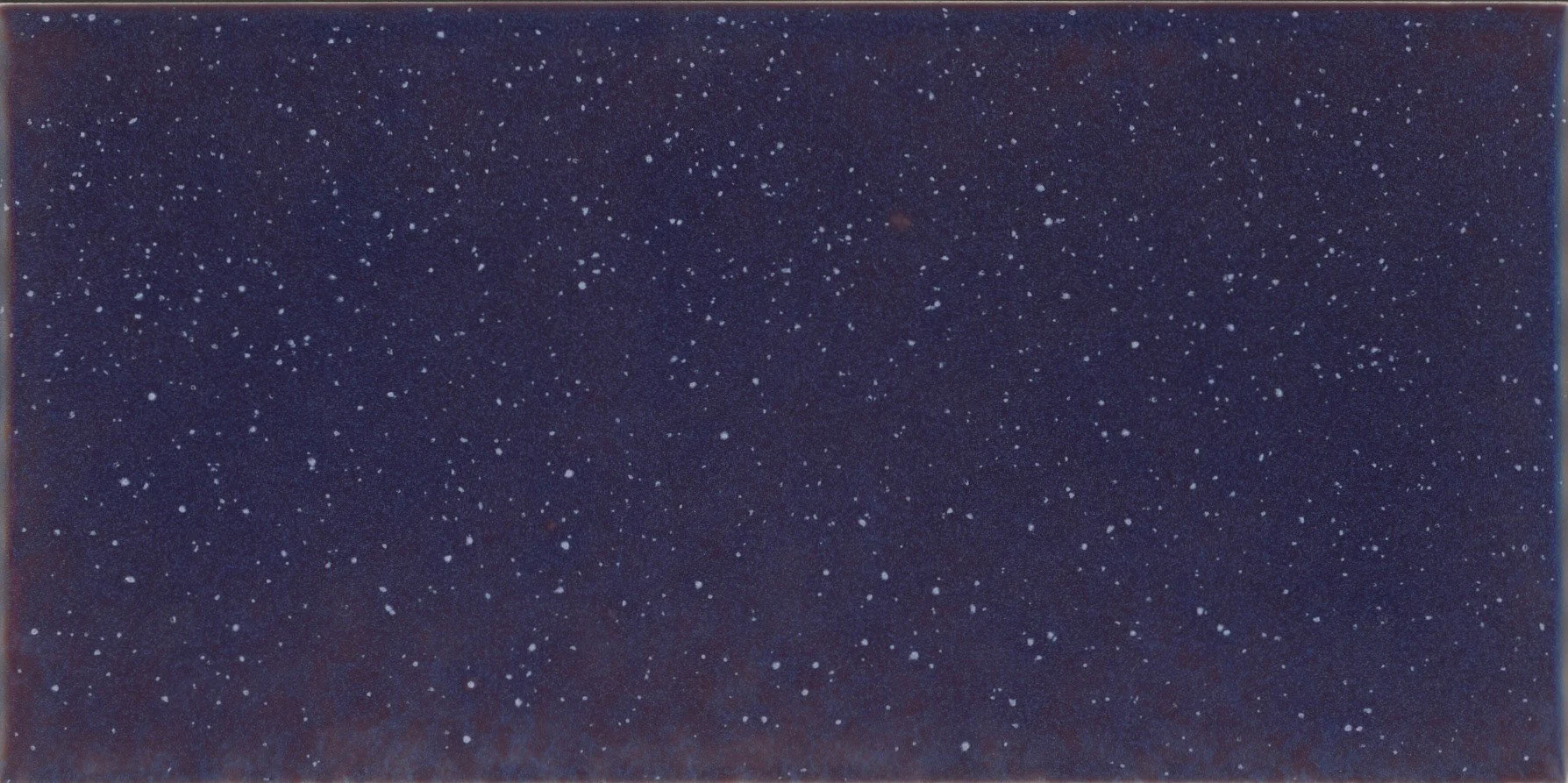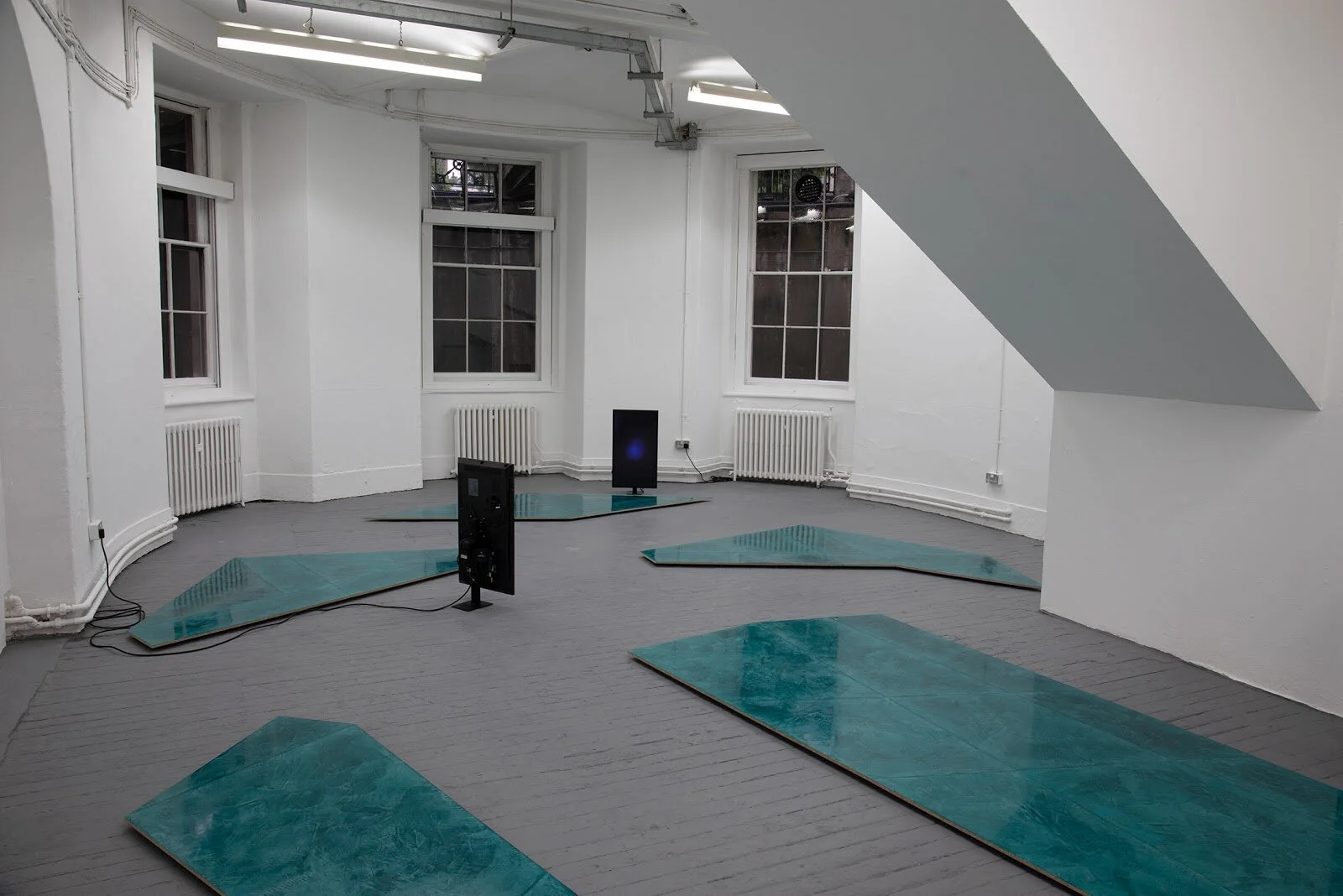Anja Cecilie Petersen
After Laughter Comes Tears, video, 2018.
What’s your work about?
I explore the perception of time, speed and rhythm through sculpture, video and sound. I am interested in the subtle shifts that can happen when being confronted with repetition, how something gradually changes and allows space for appearance and disappearance through movements and surfaces. Nature which has been subject to human impact, mountains, fields and water, are sources for material and inspiration which I use to create a sense of rhythm, either through displacement or as a rearrangement of nature, organised in a system of loops and patterns. Transitions from one state to another through a point between motion and stillness. Eventually engaging with the fluidity of boundaries between reflection and absorption and searching for the intersection between the feeling of longing and being submerged.
Did you always know you wanted to be an artist?
My Grandmother and I were very close. Her home was full of yarn and I became fascinated with how the sequence of her moving feet on the foot treadle could influence the physical pattern of the textiles. For as long as I can remember I helped her on the loom, keeping track of the pattern scores; she made tapestry and church textiles. One day we went to a church to take measurements of alters and the area in front. This experience specifically, as well as others that I encountered in my earlier years when being around her make a lot of sense in relation to my recent work. I have always been making things but I didn’t really think of it in the context of art, it was just stuff I liked to do in my spare time.
What was your experience of studying Ceramics like at the Rietveld?
The ceramic course within one of the fine arts departments includes a weekly technical class in ceramics, but students can work in any medium.
By getting into the chemistry and understanding the process from clay to ceramics I found that the same strategies and methodologies for testing clays and glazes also can be applied to other physical materials and media.
Clay reflects time, it takes years of weathering, of breaking down rocks, soil and minerals, it is the result of slow transportation and movements of surfaces. During my BFA I went on a residency with the European Exchange Academy, a residency where individuals from European academies get together, held at the Nordic Artist’s Centre Dale in Norway. I restricted myself to working with a typewriter, a GPS receiver, yarn and a camera. Deciding that these were the only things I could use to work with, this residency turned out to be a really important moment for my practice – since then I’ve been working with sculpture and moving images. My MFA at the Slade was the perfect contrast to my BFA. The Slade was a different environment and a change of pace, it gave me time and space to focus, challenge and develop my practice, I really appreciated being with an amazing group of peers with a vast approach to sculpture and the tutors were fantastic.
Did limiting your work with this system deconstruct/alter your usual practice as a ceramicist?
I never called or considered myself as a ceramicist, rather an artist who sometimes works with clay. I had worked with other media before I went to the ceramics department, but limiting myself to new materials and methods during the residency helped to open up for a different conversation which was liberating. I’m not attached to a specific material, though changing states, fluids and the effect of shifting temperatures are recurring elements in my work.
Tell us about Low Tide
Low Tide is a sound installation where you hear the sound of two voices speaking at the time. The sound comes from ceramic records being played on two turntables. I had recorded different voices, made vinyl of them and from the vinyls, I cast ceramic records. Each type of clay has a unique sound. The performance of the records is temporary as they gradually wear out when the needle from the turntable grinds the ceramic surface whilst playing, and as a result, the sound of the voices fade away while the sound of ceramics remains. Once the voice on one record could no longer be detected, the ceramic record would be replaced by a new one, this process continued for 5 days. It is an appearance and disappearance, continuing change and translation through movements.
Low Tide, Sound installation, 2015.
What inspired Late September?
Late September came out of a fascination with the extensive use of glazed tiles in London, especially in the tube and on pub facades. My associations to tiles in Scandinavia were more domestic and I hadn’t seen tiles used in public space to such an extent before I moved to London. Wandering around the city I started to see groups of tiles as painting and by zooming in on the glazes, the surfaces began to appear as something else. I remember one glaze in particular which looked exactly like the surface of an apple pie. With these observations in mind, I made a series of glazed tiles, which would be shown (not touching each other) as small paintings of the night sky.
Late September, ceramics 7,7 x 15,3 cm, 2018.
What gets you up in the morning and makes you want to work?
My work evolves over long periods of time, I see myself as someone having several projects which I tap in and out of and then when time is right and there is an opportunity to show it I will complete it for a specific occasion. The phase of completion is also an elimination process and all that is left out can become fragments of new ongoing works which can emerge in new constellations.
I might crop a corner of a video because it fits in one context, while the opposite corner of the video is saved for another purpose. Basically, this is what keeps me working. Since I graduated from Slade I have been living and working nomadically. Last autumn I was at a residency in Athens where I completed a work which I began during my first months at the Slade. I arrived in Greece with 3 kilos of clay slip which had matured for 1 -2 years, a bit like wine. At the end of my residency, I held an evening of toasts, where I used the matured clay slip for the surface of ceramic drinking cups which I then used to serve wine in which had matured for the same length of time. My initial plan was that this would turn into a video, but as the work developed it didn’t really make sense. Athens is an interesting place historically and socially and I found that this was important to take onboard and include more clearly within the project, juxtaposing different frames of reference.
Which artists influence you?
It certainly changes with what I am into or what’s going on in my life but Jennifer Tee, Marinella Senatore and Camille Henrot are some of my long time favourite artists. Choreographies by G.I Gurdjieff and the music he composed with Thomas De Hartmann is probably more important in terms of having an influence on my practice. Steve Reich and synchronized swimming.
This image is an image of G.I Gurdjieff dances which was important in relation to the development of my Slade degree show; as part of my research, I went to France for a week to practise and learn some of the dances and gain a physical understanding of phasing and contrasting speeds within movements of the body as well as working with a group of bodies together. I used fragments from the choreographies to write a score for the video and sound editing.
G.I Gurdjieff dances
Does the commercial aspect of being an artist influence your work?
I think of the physical space in which I am showing my work, the architecture and what is around my work, whether that being noise or light for example. I need to make decisions that I believe are the right ones for my work, how does it feel to walk through, what is the pace in the work, what sensations does the work carry - that is the most important thing.
Plateau, Slade degree show, 2019.
Do you have any upcoming shows?
I have 2 residencies coming up this year. In March I will go to Sunday morning for 3 months where I will be working with ceramics. My point of departure for the residency is the “Korbut Flip“ which is a gymnastic performance at the uneven bars by gymnast Olga Korbut during the Olympics in 1972. I am interested in how speed, rotations, twists and talc can be used in relation to clay and I want the Korbut Flip to become a script for making sculptures.
In 2019 I began a residency in Hong Kong which had to be put on hold after a couple of weeks due to the political situation there. Thankfully I will return later this year to finish the residency for 2 months and I will also have a show at the end of my stay.






